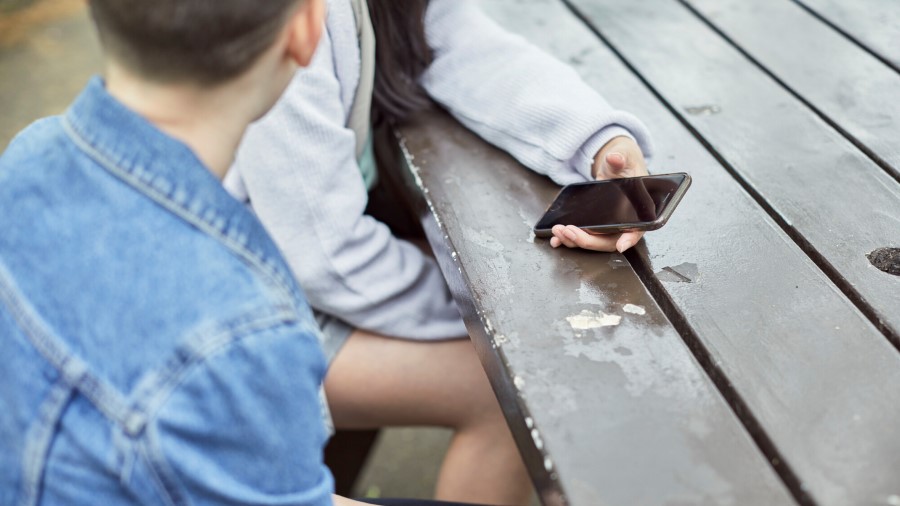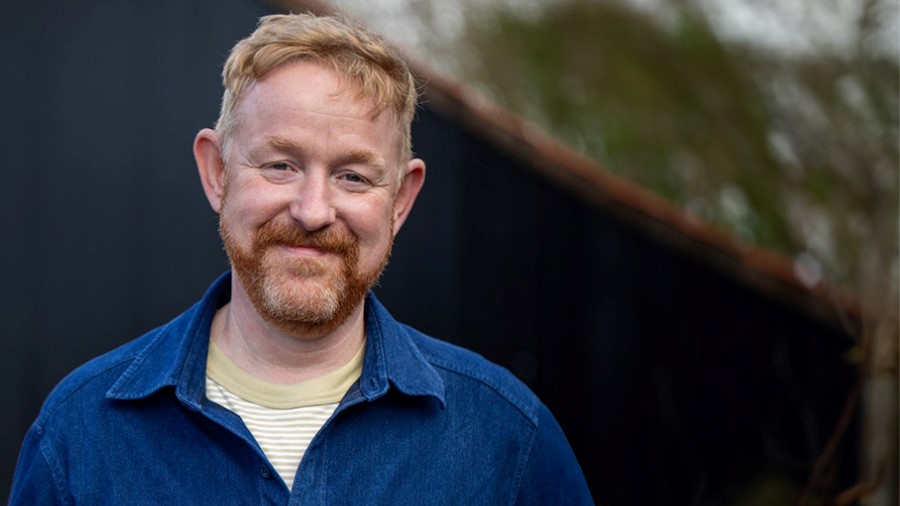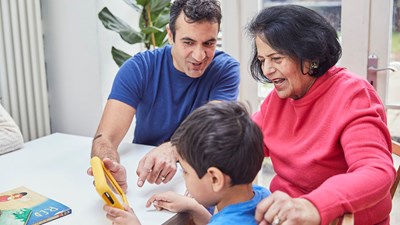Letter to Home Secretary and DSIT Secretary of State
Along with the charities Marie Collins Foundation, Lucy Faithfull Foundation, Centre of expertise on child sexual abuse, and Barnardo’s, we sent a joint letter to Home Secretary Yvette Cooper and Secretary of State for Science, Innovation, and Technology Peter Kyle.
The letter expresses collective concern regarding Ofcom's final Illegal Harms Code of Practice published in December 2024. The charities argue that, as it stands, children will not be protected from the worst forms of abuse on private messaging services under Ofcom’s plans, despite this being a core aim of the Online Safety Act.
Ofcom has stated that user-to-user services are only required to remove illegal content where it is ‘technically feasible’. This exception creates an unacceptable loophole, allowing some services to avoid delivering the most basic protections for children.
Data from police forces on the number of recorded offences where the platform was known indicates private messaging sites are involved in more crimes than any other type of platform. Perpetrators exploit the secrecy offered by these spaces to harm children and go undetected.
We want the UK Government to push Ofcom to review and strengthen their most recent codes of practice on tackling this threat to children's safety online.
We're also calling for private messaging services, including those using end-to-end encryption, to make sure there are robust safeguards in place to ensure their platforms do not act as a ‘safe haven’ for perpetrators of child sexual abuse. End-to-end encryption is a secure communication system where only communicating users can participate. This means that service providers can be blinded to child sexual abuse material being shared through their platform.







